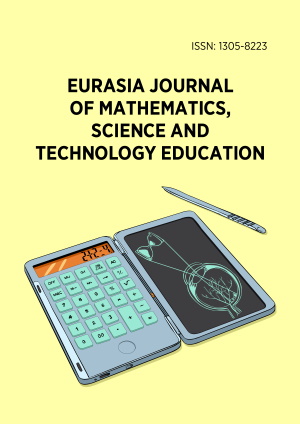Abstract
This study used a person-centered approach to examine secondary STEM teachers’ beliefs and experiences in integrated STEM (Science, Technology, Engineering, and Mathematics) education. It aimed to identify distinct profiles of teachers based on their self-efficacy and commitment as designers, implementers, and disseminators of STEM activities and explore how these profiles relate to teaching subjects and experience. A survey of 629 Taiwanese teachers was analyzed using latent profile analysis and multinomial logistic regression. Three groups emerged, representing low, moderate, and high self-efficacy and commitment. For the three identities, different trends in self-efficacy and commitment of the low- and high-level groups were found. Additionally, mathematics teachers were more likely to fall into the low self-efficacy group, and teachers without integrated STEM experience tended to have lower self-efficacy and commitment. The results highlight variations in STEM teachers’ identities and suggest the need for targeted professional development, particularly for mathematics educators.
License
This is an open access article distributed under the Creative Commons Attribution License which permits unrestricted use, distribution, and reproduction in any medium, provided the original work is properly cited.
Article Type: Research Article
EURASIA J Math Sci Tech Ed, Volume 21, Issue 4, April 2025, Article No: em2609
https://doi.org/10.29333/ejmste/16082
Publication date: 01 Apr 2025
Online publication date: 05 Mar 2025
Article Views: 3373
Article Downloads: 1465
Open Access References How to cite this article
 Full Text (PDF)
Full Text (PDF)